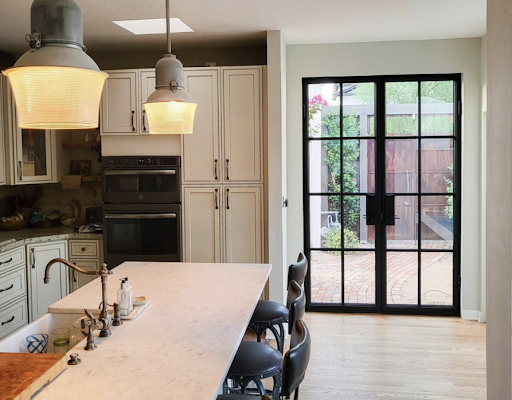If you’re looking to secure a Canadian mortgage, you’ve likely noticed something. The amount you have pay in one province is different from the amount you have to pay in another. Mortgage rates vary from one part of Canada to the next, and the income you need to pass the mortgage stress test also varies.
It Starts With Competition
When researching a Canadian mortgage, you’ll likely notice that mortgage rates are cheaper in provinces with more lenders. Compare Ontario and Saskatchewan, for instance. More mortgage companies serve Ontario, and the competition drives down the interest rates.
As a general rule, the larger the province, the bigger the competition and the lower the interest rates.
Size of Regional Lenders
You also need to consider the size of regional lenders when looking at the interest rates for a Canadian mortgage. Larger provinces are typically home to huge regional lenders including credit unions. These lenders can challenge banks by offering lower interest rates on a Canadian mortgage. Because they work in a large volume, they can still turn a profit while offering lower rates.
The same is typically not true in small provinces. Credit unions are typically only able to operate in their home provinces, so there aren’t as many deals available in smaller provinces.
Stress Test and Its Impact
The new mortgage stress test is also impacting the mortgage industry across all provinces. Take a city in the Ontario province, for instance. Let’s assume you want to qualify for a 2.99 percent five-year mortgage rate that has a 25-year amortization in Toronto. The average home price there is $817,642. If you put 20 percent down, that would be $163,528. If you were to pass the financial stress test, you would need to make $145,000 a year.
Now, let’s assume that you want to buy a house in British Columbia. You choose Vancouver, and it has an average home price of $1,084,000. You would need to put $216,000 down and make at least $175,000 a year to qualify.
If you prefer Quebec, you might choose to live in Montreal. The average home price is just $376,000 here, making it much easier to qualify for a Canadian mortgage. You would put $75,318 down and be able to pass the stress test if you make at least $70,000 a year.
Alberta is another popular province. You might choose Calgary if you want to live in Alberta. The average home price is $465,607, so you’d need a down payment of $93,121. You would have to make $85,000 a year to pass the stress test.
As you can see, the home values have quite a bit to do with your ability to qualify for a Canadian mortgage. Keep that in mind when looking for real estate.
Qualifying for a Canadian Mortgage
Now that you have information about the differences between provinces, you likely know where you want to live. Choose your province and city, find a home, and secure your mortgage. The stress test makes it harder to qualify for a Canadian mortgage, but your broker can help you navigate the process.











